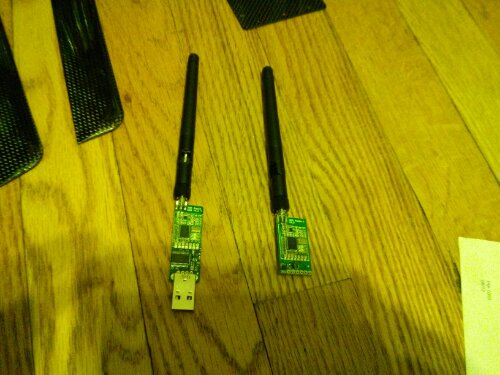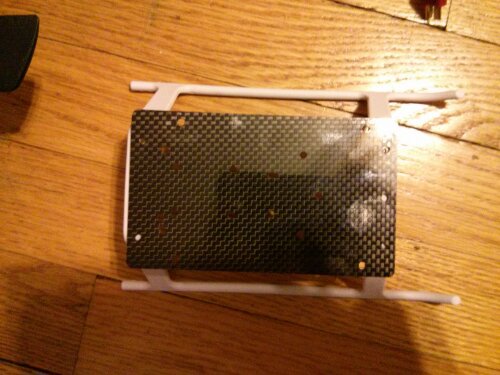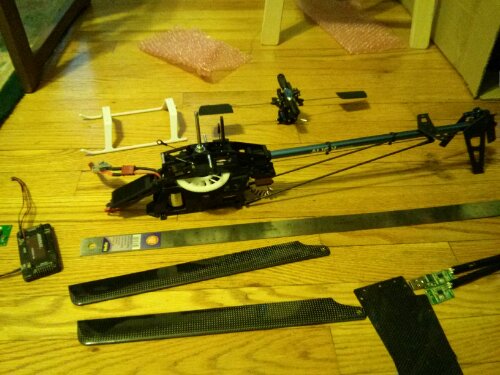Introducing ProjectUAV
Over the extended Winter break, playing with a tiny toy quadcopter, my lifelong chronic fascination with things that fly has been rekindled. As a result, I've undertaken to put together an Unmanned Aerial Vehicle based on currently-available hobby components. This just strikes me as an awful lot of fun, but folks keep asking me "why?"
Frankly, if you know me at all, you know that my answer to this is, "Why not?"
I had been mentioning it a bit on Twitter, and the Artisan's Asylum folks pointed out that really I ought to share more about my build process, so I'll start doing it more here on this blog.
I'd decided that typical quadcopters don't have the kind of battery life times that would make long-distance missions feasible, but a fixed-wing solution meant that you didn't have much loiter time on station if you wanted to do a little exploring at your waypoints. Given those concerns, and the current availability of RC helicopters based upon Align's T-Rex 450 platform, that I'd use one of those for the base of my robot.
I bought a kit, built it out, and was so excited that I took the thing out to fly it - having never flown any sort of helicopter before at all.
I paid for my mistake with a very large welt. Rotor head speeds required to maintain tail authority are in the 3000RPM range. with a 325mm long rotor blade, that translates to a linear tip speed of nearly 225MPH. Needless to say, I am lucky to have gotten away with only a painful bruise and welt. Safety protocols have been updated to include a five-meter safe distance from the powered helicopter. The trouble with this crash that a safety protocol fails to address is that it utterly destroyed the rotor blades, and was in fact so energetic that it bent the main rotor shaft. here's a picture of the destroyed blades:

Thankfully, replacements are readily available, and if you're willing to wait for shipping from Hong Kong, they can be had very cheaply. I set about rebuilding the rotor head assembly, and also decided that due to the mechanical complexity of a flybar arrangement - the only argument in support of which is that it simplifies stability control mathematics on the hobby receiver, which I wouldn't need to worry about with an autopilot - that I would rebuild the rotor head assembly as a "flybarless" direct mechanical control.
Around this time I had also settled on a particular autopilot to use: the ArduPilot Mega 2.5, which is pictured below, along with its associated GPS module.

This is basically an Arduino-Mega compatible board, with an integrated 6DOF inertial measurement unit, a barometric sensor (for altitude) and a compass. It has the option to plug in other sensors (like the GPS) and manage serial telemetry over radios like ZigBees. Similar, off-the-shelf modules are available, too, which is what I went with:
Additionally, the T-Rex 450 is popular enough in the hobby world that there are many, many clones of this helicopter, and so there is a pre-made kit of mounting hardware for the ArduPilot. The problem I've run into with that is that the mounting plate does not actually fit the hole pattern on my bona-fide Align T-Rex 450. I think the hole pattern was modeled after the Hobby King clones, but I cannot be certain, and it hardly matters. I'll need to look into how to drill carbon fiber safely to fit the holes, as you can see here:
You can see the old rotor head complete with flybar in this picture below.
And for scale, I've got -well- a steel scale in the foreground here, along with some of the new blades.
More to come, soon. I'll get some pictures of assembling the new rotor head, and the mounting hardware.



